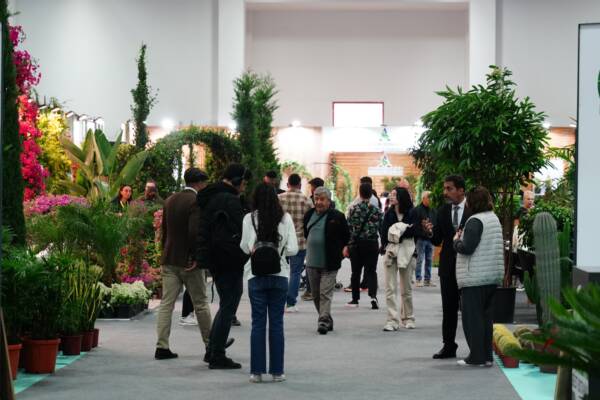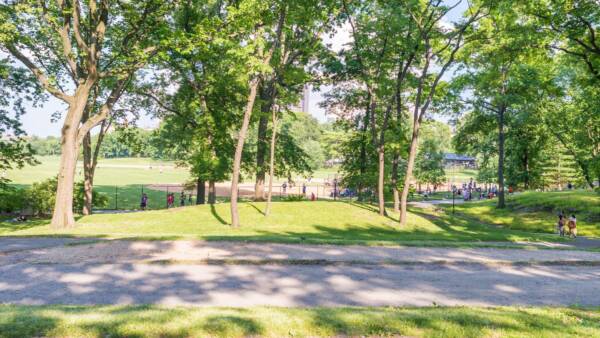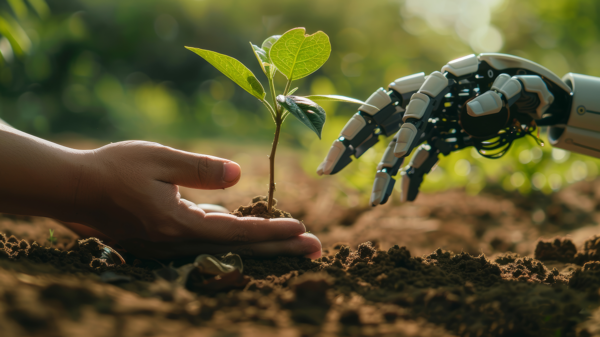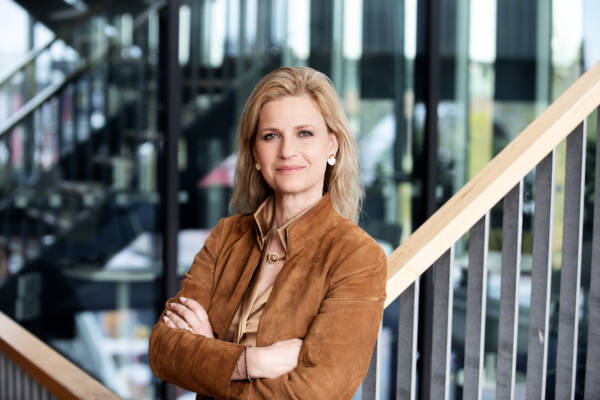Suncheon is a small town with a population of 280,000 in the southern part of the Republic of Korea. The city possesses beautiful natural environments like the wetlands of Suncheon Bay, where the South Sea of the Pacific Ocean and the Dongcheon River waters meet and create vast mud flats and reed fields.
The main problem before 2013 was that Suncheon was known more as an industrial city, with a history of disagreement between some citizens wanting to develop Suncheon Bay for industrial expansion and those who wished to preserve it. However, after hosting two AIPH International Garden Expositions in 2013 and 2023, Suncheon has transformed and is now referred to in the following ways: an eco-friendly city, an ecological city, and a garden city that citizens adore.
This article examines Suncheon’s blossoming garden culture through the expositions and how the AIPH Horticultural Exposition influenced the city’s transformation into a green city beyond the expo site.


Suncheon, the Ecological Capital Of South Korea, is evolving into a Garden City
The goals of hosting an international horticultural exposition vary by each city; the central premise is to have a clear purpose, and proper planning is essential from the beginning.
Since the 1990s, Suncheon has been campaigning to preserve Suncheon Bay and its reed fields. When domestic reed festivals did not attract enough attention to protect, they found an alternative in hosting an international horticultural exposition.
The success of the 2013 Suncheon Bay International Garden Exposition, held for six months, led to the development of the garden industry in South Korea — continuous interest in the garden industry followed by the aspiration for the 2023 exposition. The exposition was not transient but instead remained in everyday life, built stronger connections among the citizens, and improved their lives. Suncheon transcended its status as an ecological capital that saved the reed fields. It achieved a green city through a new urban brand of gardens, creating a sustainable city where citizens are happy. The institutional, cultural, and environmental changes Suncheon underwent through the two expositions are summarised here.
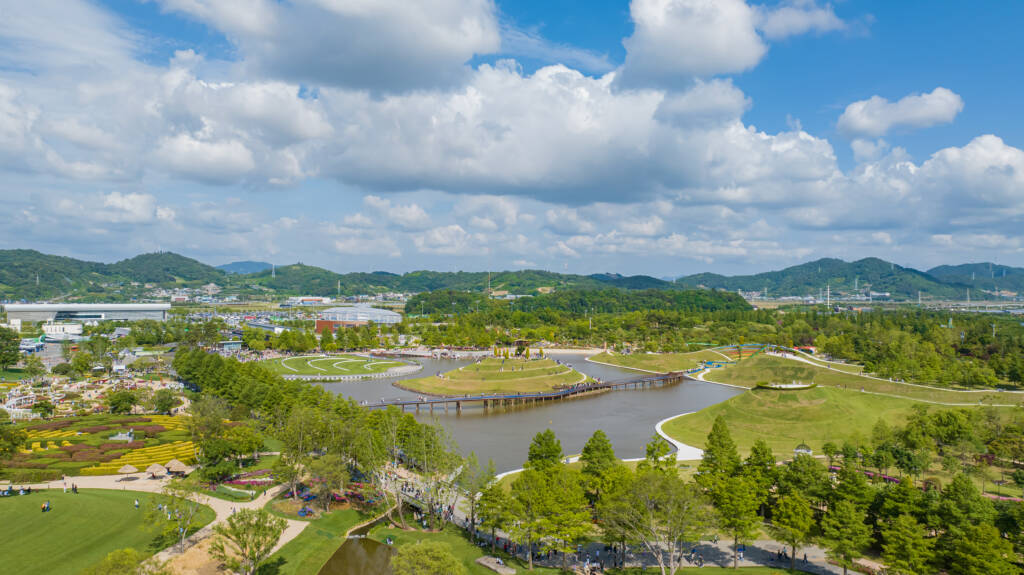

Institutional Changes
First and foremost, in 2015, a new category called “garden” was added to the Law on the Establishment and Promotion of Arboretums. Additionally, in the same year, the definition of a “national garden” was also legislated, significantly contributing to the development of related industries and academia. The appearance of a new system for the concept of a garden, which previously did not exist in Korea, just two years after the garden exposition, was a remarkable achievement.
The budget for the garden industry continues to grow steadily, promoting garden culture and bringing plants into urban spaces to enhance citizens’ welfare.
Moreover, the enactment of a Special Law for the exposition is also noteworthy. This includes offering tax reductions, streamlining administrative procedures for the expo operations, allowing profitable businesses, and a framework for post-expo site management, all of which provide proactive support for successful expositions.
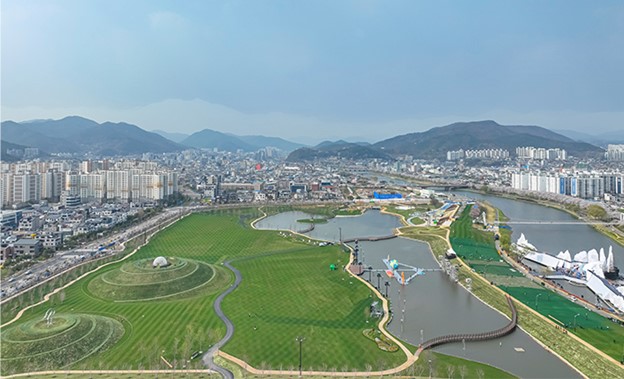

Cultural Changes
The garden promotion projects derived from the government after the 2013 exposition had a significant impact on activating domestic garden culture. Currently, the number of national garden expositions held annually has increased to six, a substantial increase from just one garden-related event in 2013. The number of participants in garden-related events also saw a noticeable rise. From 460,000 participants in 2014, it exceeded 2 million in 2018 and aims for over 4 million participants by 2025, with continuous support for citizen gardeners. According to surveys, as of 2019, 18 local governments are conducting garden-related education, and 21 master gardener projects are underway.
Amid this growing interest, Suncheon Bay National Garden was selected as Korea’s number one tourist destination in 2019. Hosting the garden exposition ignited the flame for garden culture in a barren land. Through this, Suncheon acquired the brand of ‘a garden’ from South Korea’s ecological capital. The exposition is also evaluated as successful in economic, cultural, social, and environmental aspects, which became the driving force for the second exposition in 2023.


Environmental Changes
Beginning with the title “Eco-capital of South Korea”, Suncheon City has taken the lead in environmental conservation, successfully preventing over-development and preserving natural heritage. Furthermore, through exhibitions, they have also spearheaded the establishment of gardens and public green spaces for the welfare of the citizens.
The primary philosophy of the 2023 exhibition is to bring gardens into citizens’ daily lives. As such, a significant portion of the exhibition area was transformed into public gardens, realising the vision of green welfare for the public. Additionally, the newly established Ocheon Green Square for the exhibition was designed as a prototype for a new wastewater treatment facility in South Korea, solidifying Suncheon’s identity as a green city.
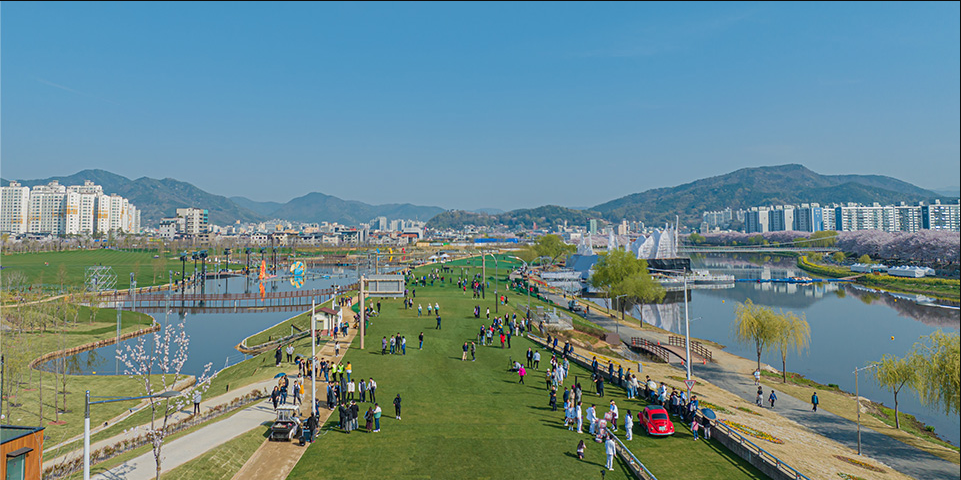

International Horticultural Exhibition: a paradigm shift
The changes Suncheon experienced ultimately became a catalyst for the city’s growth. Suncheon is currently formulating post-exhibition management strategies to foster industries in tandem with urban space development. The positive impact of the exhibition on the citizens is noteworthy. The most significant difference between 2013 and 2023 is that the exhibition didn’t merely create an ecological buffer but was utilised to promote garden culture on a national scale and encourage garden-related industries.
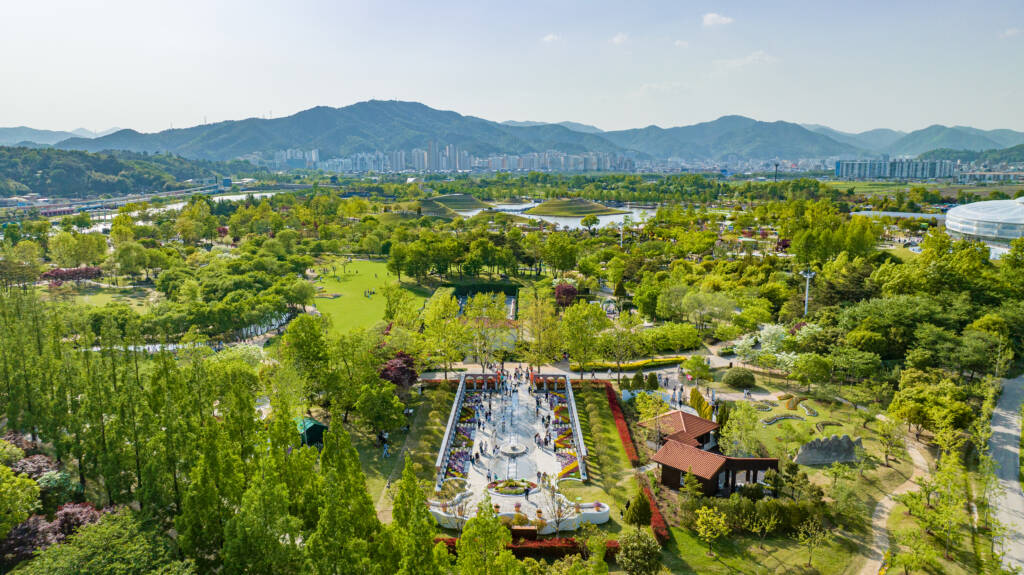

The Garden Exhibition is a step towards the development of a Greener City
The theme of the AIPH International Horticultural Exhibition can range from showcasing the power of plants to ecology, environment, gardens, healing, forests, and more. A clear theme selection and the establishment of exhibition plans accompanied by institutional support from the government will lead to a successful exhibition.
Suncheon’s exposition site will remain as a cultural and environmental heritage of the city; there is an increased need to plan more consideration on sustainable urban development, which is the direction we should move towards in addressing environmental issues and everlasting exposition.
Watch Diane Lee’s ‘Blooming Legacy’ presentation at the AIPH Green City Conference, which was part of the AIPH 75th Annual Congress hosted alongside the 2023 Suncheonman International Garden Expo.















